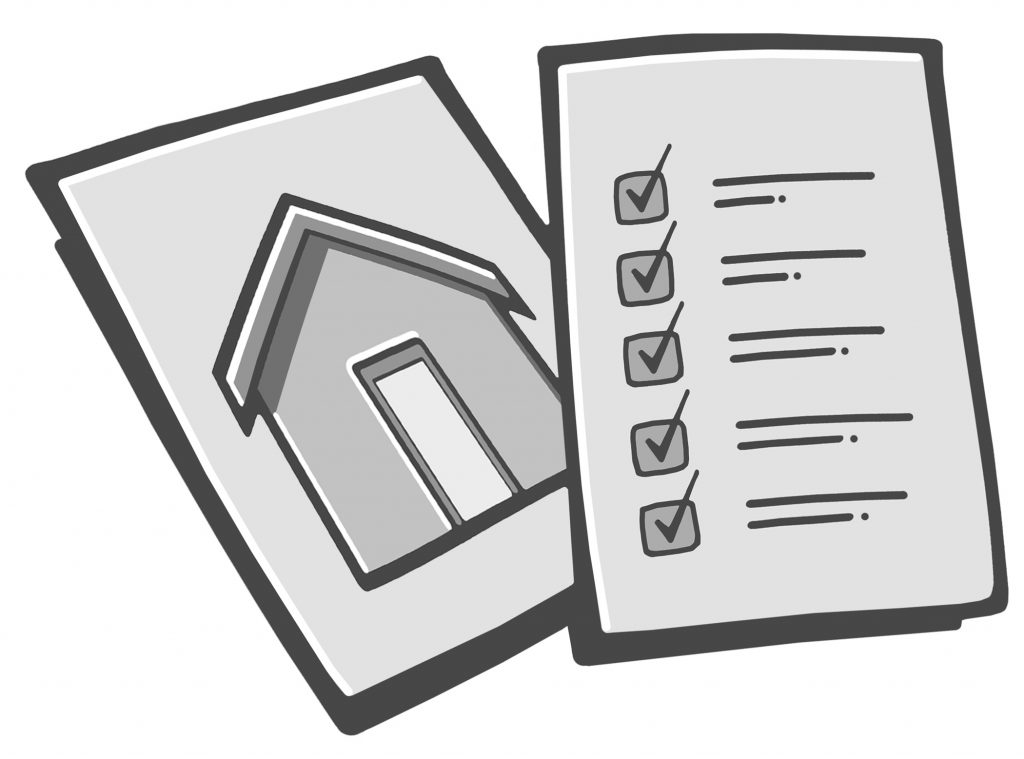
Home-buying process
CONSULTATION:
The first step in the entire process is to meet to talk about what your overall objective: what kind of home do you want and need, your preferred locations and the options you have to finance this lifetime investment. I’ll show you how the answers to these basic questions will guide you to the most productive and efficient use of your home-buying efforts.
GET PRE-QUALIFIED:
Establishing the amount of home loan for which you are qualified does two things for you: it shows the sellers of homes you are ready to make a solid deal, and it spells out for you just home much home you can purchase. I am very familiar with mortgage loans and can assist you in examining your credit record for any errors and in understanding what is required for a home purchase loan.
SEARCH FOR A HOME:
While house-hunting today is awash with evolving technologies to distribute pictures and information, you will still want to see each property, to drive the local neighborhood and assess its livability, calculate your potential commute and possible access to the places that are important to you, such as schools, shopping and services. Knowing the type of home you want and the price range you can afford, I can help you find homes for sale that fit your purchase criteria in the areas you define. I will help you identify the homes of greatest interest to build a list of prospective properties to consider, and will get you into the homes you want to see.
MAKE THE OFFER:
Once you’ve settled on the home you want to buy, I will prepare the offer for you, a legal contract. I help you determine the price to offer by analyzing recent sales of comparable homes, ensuring that you understand the most common contingencies that go with such an agreement. There may be a counteroffer from the seller, which turns down your agreement and offers to you something similar with modifications the seller suggests. After negotiations back and forth, the goal is known as ‘Mutual Acceptance’, where the status of the home-buying transaction is such that both seller and buyer agree to all terms and conditions of the contract.
HOME INSPECTION and FORM 17:
After Mutual Acceptance, the next step is to have a structural inspection of the home. A licensed inspector examines the major systems for functionality and safety and prepares a detailed report with photos. You need not be present for an inspection, but most inspectors welcome the opportunity to meet with clients on-site at the conclusion of the inspection, and it is usually necessary to pay the inspector at the time the inspection is done. The Inspection portion of your Purchase Agreement gives you an optional three days after Mutual Acceptance to explore your new home’s neighborhood and assure yourself you like the new environs. You will also receive a “Form 17 Property Disclosure Form” that informs you of anything that the seller knows about the property that a buyer might believe would negatively impact their perception of value; you will have three days to review this six-page questionnaire to determine if it holds anything to give you cause to reject the purchase of the home.
INSPECTION CONTINGENCY:
A typical ten-day period follows Mutual Acceptance, during which you engage the inspector to determine if there are any repairs you want to request the seller to make. If there are, you request these desired repairs and negotiate them before the contingency period expires. If you decide no repairs or alterations are needed, you then “waive” the inspection contingency to remove it from the purchase process.
LOAN PROCESS:
The lender to whom you’ve applied for a mortgage loan will arrange for an appraisal of the home you’ve selected. A professional appraiser will examine the home closely and provide a written assessment of the home’s dollar value in today’s market. The mortgage lender uses the appraised value of the home to substantiate the amount of money you want to borrow. When the lender returns their preliminary approval, I’ll guide you through any conditions listed in it that must be met. Conditions are often requests for additional information or further documentation for a particular situation. When all conditions are met, to the satisfaction of the lender, the loan is given final approval and a set of loan documents is prepared.
TITLE INSURANCE:
I will order a preliminary Title Commitment, which sets forth the status of the title of the property you want to buy, and review it with you to answer any questions you may have about it.
ESCROW:
This is a neutral third party the buyer and seller agree to use to keep all the details of the home purchase on track. An escrow agent receives the set of loan documents from your lender and combines it with other documents prepared by the escrow company. The escrow company will arrange an appointment for you to sign all the necessary closing documents. At least three days before this signing appointment, you will be given a copy of the “Closing Disclosure” to review, so that you will know exactly how much money you will need to deliver to escrow by the signing appointment, typically by wired funds to the escrow company’s account or by a cashier’s check. The seller will be signing at a different time.
CLOSING AND RECORDING:
Once all documents are signed by both parties, the escrow company arranges for the deed of trust, and other necessary documents, to be recorded with the county in which the property is located. This usually occurs by the first or second business day after you signed your closing documents. When the recording is complete and the escrow company receives the recording numbers from the county, this constitutes formal ‘Closing’ of the transaction and is when escrow can distribute money to the appropriate parties. You can now receive the keys to your new home.
Congratulations! You are now a proud new homeowner.
spacer
Contact me anytime to learn more about the local home buying process.
 |
 |
 |
